In this post, we will explore stunning mounding annual flowers that will elevate your garden, along with insightful tips on their care and pairing in floral arrangements.
Petunia
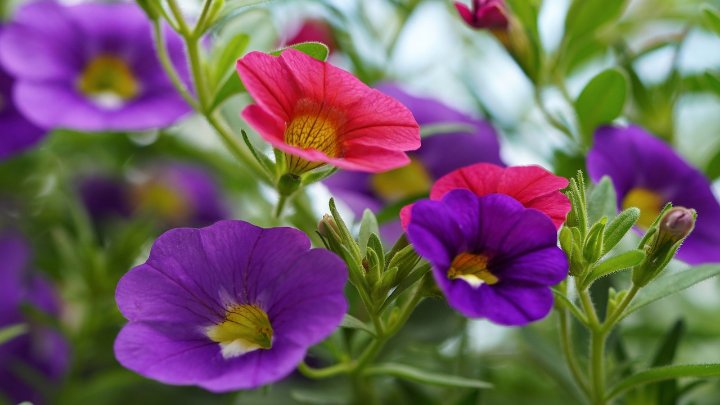
Petunias are among the most popular mounding annual flowers, celebrated for their abundant blooms and vibrant colors. Available in a plethora of shades—from soft pastels to bold brights—these flowers can create striking displays in any garden setting. Petunias thrive in sunny locations and prefer well-drained soil, making them perfect for containers and borders alike.
Providing this plant with regular watering will keep them blooming impressively throughout the season. Deadheading spent flowers encourages further growth, ensuring that your petunias continue to flourish. With varieties like the wave petunia, which spreads out beautifully, you can achieve a dramatic cascading effect as well.
Portulaca
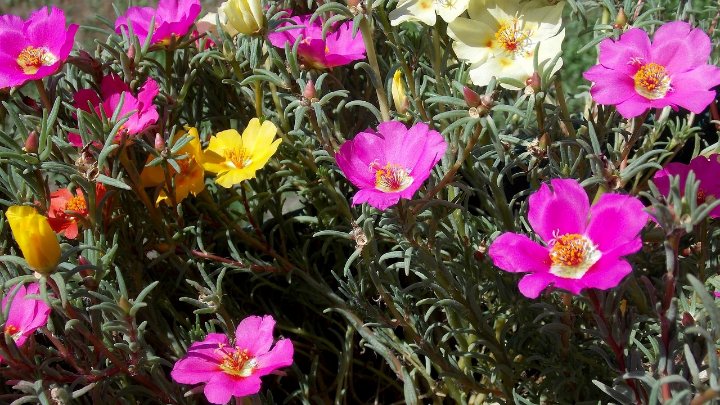
Often considered a hidden gem in the world of annual flowering plants, portulaca, also known as moss rose, dazzles with its succulent leaves and vibrant blooms that often resemble miniature roses. Portulaca shines in hot, dry conditions, making it an exceptional choice for rock gardens or areas with poor soil.
What is particularly unique about portulaca is its ability to thrive in full sun and tolerate drought; once established, it requires minimal maintenance. Its low-growing habit creates a lovely, colorful carpet, and it has the added bonus of attracting beneficial pollinators like butterflies.
Lobelia
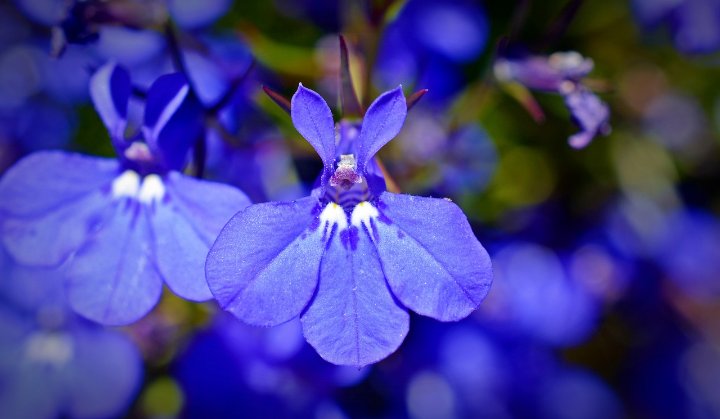
Lobelia is a charming mounding flower known for its stunning blue, purple, or white shades that create a truly eye-catching display in your garden. Its delicate, trailing vines make it an ideal candidate for hanging baskets or container arrangements, as it spills gracefully over the edges.
These flowers thrive in cooler climates and partial shade, differentiating them from many of their sun-loving cousins. Regular watering and well-drained soil are essential for lobelia to flourish, and deadheading will extend their blooming time throughout the summer months.
Coleus
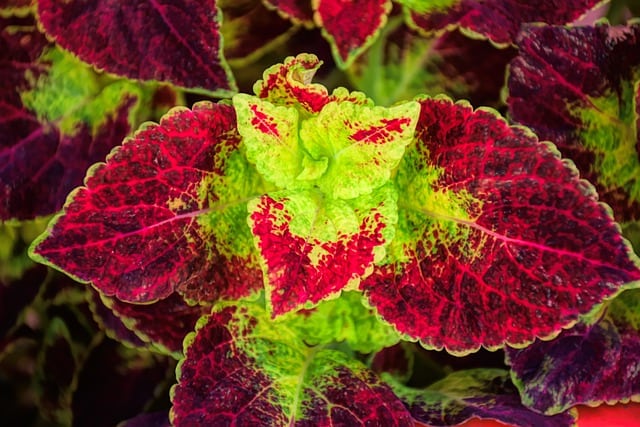
While primarily lauded for its striking foliage rather than its blooms, the coleus plant certainly deserves a place in our mounding annual flowers section. With an array of colors and patterns, coleus creates eye-catching mounds of rich greens, yellows, purples, and reds.
Coleus can thrive in various conditions, including partial and full shade, making it a versatile choice for different garden arrangements. Ideal for adding height and depth to a flower bed, these plants are also perfect for container gardening, where their vibrant hues can really pop. Their attractiveness extends to both flower beds and indoor gardening—offering a lively character anywhere they are settled.
Calibrachoa
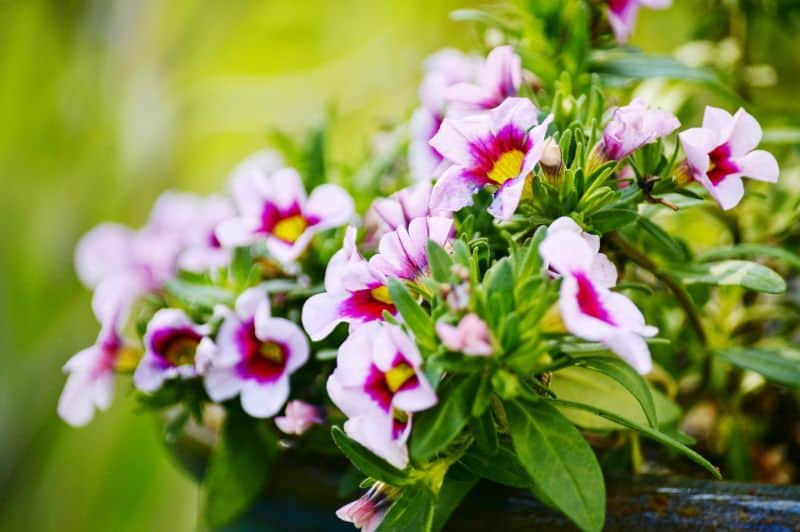
Known commonly as million bells, calibrachoa produces an abundance of small, bell-shaped flowers that create a beautiful tapestry of color in any garden space. These plants resemble mini petunias but are more prolific in their flowering habit.
Calibrachoa is favored in hanging baskets and containers where they can spill over edges, providing a lush appearance. They thrive in full sun and well-drained soil, making them ideal for sunny patios or balconies. Regular fertilization and watering are recommended to maintain their growth and flowering cycle, ensuring a spectacular display throughout the growing season.
Snapdragons
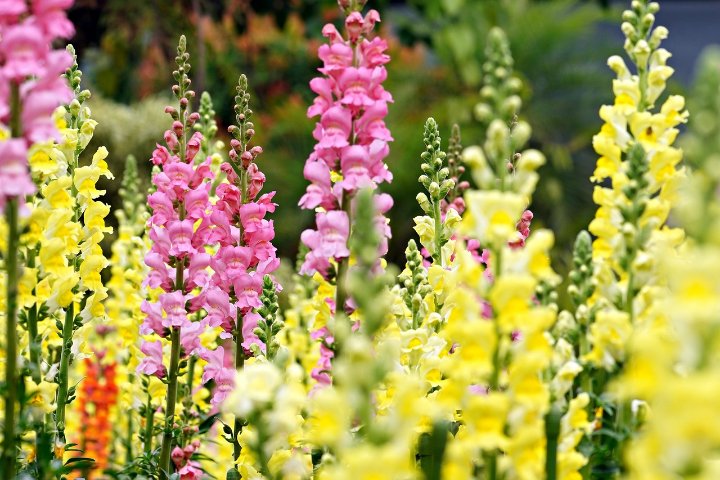
While snapdragons are often seen in vertical gardens due to their upright growth form, certain varieties exhibit a more mounding behavior, bursting with colors that range from soft pastels to deep, vivid shades. These biennials bloom prolifically in cooler seasons, offering joy and charm to the garden.
Snapdragons are relatively easy to grow and prefer full sun with well-draining soil. They can endure a light frost, extending their growing season. If you want to integrate them into your flower beds, consider pairing them with lower-growing flowers to build tiers of height, enriching your garden’s visual appeal.
Cosmos

Cosmos are delightful, carefree flowers that bloom profusely in late summer and fall, with their feathery foliage and unique daisy-like blooms. These drought-tolerant beauties thrive best in full sun and well-drained soil, making them perfect for low-maintenance gardens.
Their charm extends not only to their look but also their pollinator-friendly nature, drawing bees and butterflies to your garden. Cosmos are typically used in cottage gardens, border plantings, or wildflower mixes. Their blooms come in lovely shades of pink, white, and orange; you can plant them to create an enchanting and lively atmosphere.
Zinnia
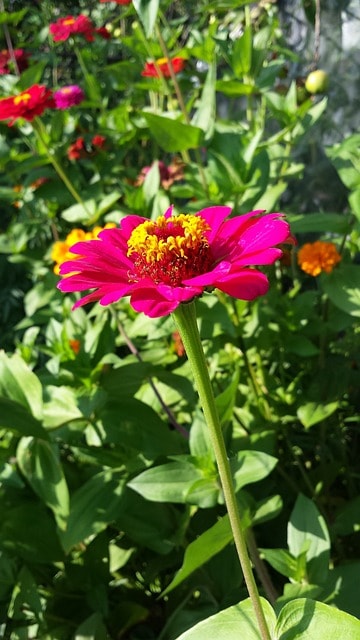
Zinnias are celebrated for their vibrant colors and long-lasting blooms, making them a favorite among gardeners of all levels. They thrive in sunny environments and are remarkably tolerant of heat, making them perfect for summer gardens. Zinnias offer a bushy growth habit and can fill in gaps beautifully, creating continuous color throughout the growing season.
Their wide range of colors and varieties allows for creative pairings in flower beds, and they also excel as cut flowers for indoor arrangements. To promote growth, be diligent in removing spent flowers to encourage continuous blooming without interruption.
Verbena
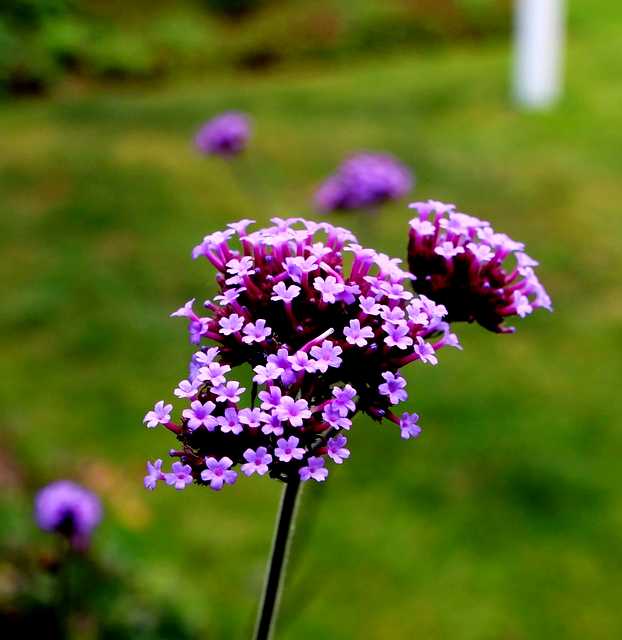
Verbena is another stunning mounding annual flower characterized by its cascading growth habit. Available in an array of colors, including purples, reds, and pinks, verbena thrives in sunny garden spots with well-drained soil.
This plant is known for its durability against drought, requiring minimal care once established. Its clusters of small flowers create a charming blanket of color, perfect for accenting garden borders or filling in exposed areas. By pruning away spent blooms, you can encourage additional flowering throughout the growing season.
Dusty Miller
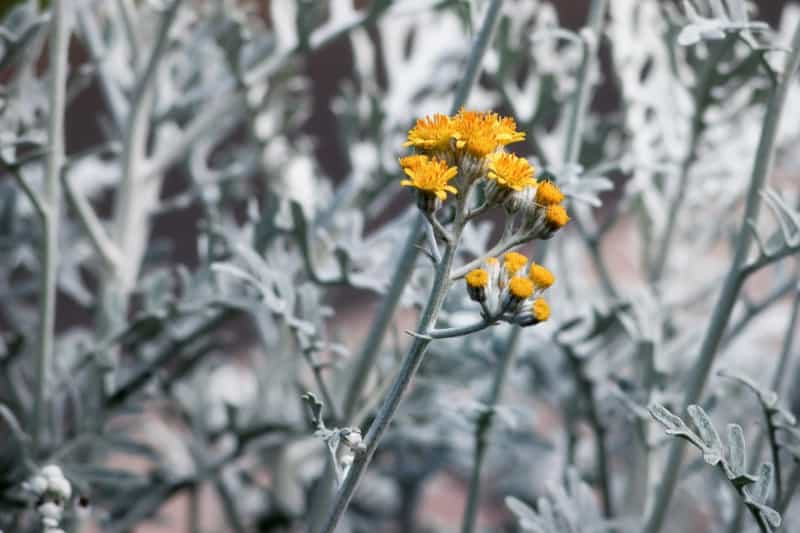
Adding texture and silvery-grey foliage to your garden, dusty miller serves as a perfect companion for vibrant mounding flowers. Its unique leaf shape and color enable it to stand out in mixed flower beds. Typically, dusty miller is planted as an annual in most regions, but it can act as a perennial in milder climates.
These plants flourish in full sun or partial shade and prefer well-drained soil. With their low growing habit, they make an excellent filler that can complement the colors of surrounding blooms, offering a striking visual contrast throughout the growing season.
Sweet Alyssum

Sweet alyssum is known for its delicate clusters of small white, purple, or pink flowers and its charming aroma. This cascading annual is perfect for borders and as a ground cover in sunny or partially shaded areas, creating mounds that look soft and inviting.
They prefer well-drained soil and can adapt to a variety of conditions. Their ability to attract beneficial insects benefits the entire garden ecosystem. Regular deadheading will encourage prolonged blooming, making them a wonderful addition to your garden.
Calendula
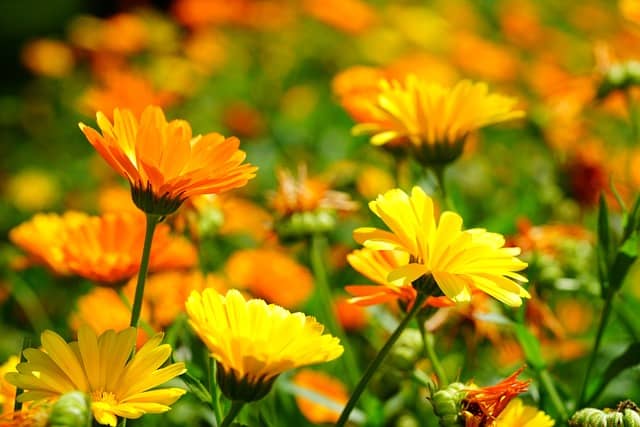
Also known as pot marigold, calendula is renowned for its vibrant yellow and orange blooms, which create a beautiful, sunlit feel in any garden. This mounding flower is particularly unique in that it not only brightens up spaces but is also edible, with petals that can be used in salads or as garnish.
Calendula thrives in well-drained soils and needs full sun exposure. Regular pruning and deadheading will help extend its blooming period, ensuring your garden remains colorful throughout the growing season. Their cheerful colors and seeds create a bright spot in any garden.
Dianthus

Dianthus, commonly known as pinks, are beloved for their fragrant flowers and unique fringed petals. These flowers can vary in height, but the mounding forms are particularly attractive, adorning gardens with clusters of blooms in shades of pink, red, and white.
Their sweet scent makes them a favorite for gardeners looking to add sensory elements to their spaces. Dianthus prefers full sun and well-drained soil, and with regular deadheading, you can enjoy a continuous bloom throughout the season. Their cottage garden charm makes them an ideal candidate for mixed beds or borders.
Fuchsia
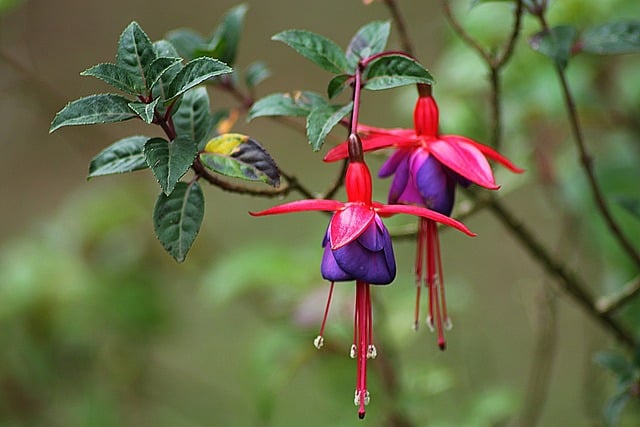
Fuchsia is an incredibly striking mounding annual, known for its exquisite drooping flowers in shades of purple, pink, and red. These flowers are especially adept in partial shade gardens, where their vivid colors can illuminate darker spots. Fuchsias make enchanting additions to hanging baskets or container gardens, cascading gracefully over the edges.
They thrive in moist, well-drained soil, and regular watering is essential to keep them looking their best. Their unique two-tone blooms attract hummingbirds and butterflies, adding life and movement to your garden.





